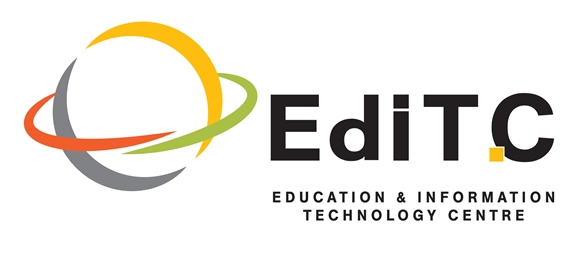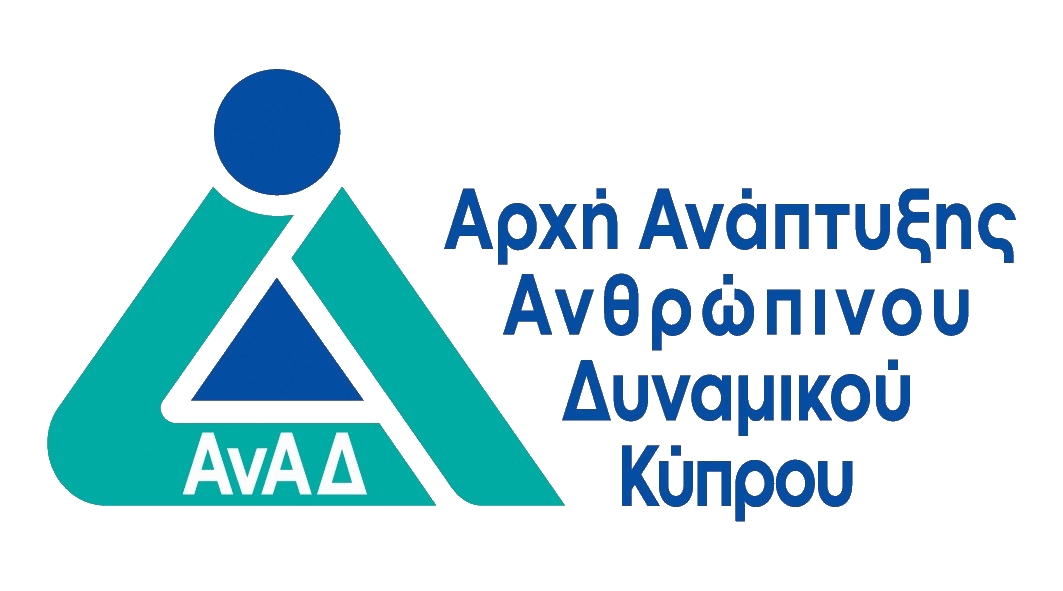
Querying Data with Transact-SQL
- Πληροφορική - Επαγγελματίες IT

ΠΕΡΙΓΡΑΦΗ
This course is designed to introduce students to Transact-SQL. Transact SQL is a query language which is used to query databases. Is the standard language used in various software such as Power BI and is a necessity for anyone who is involved in data analysis with data drawn from various sources.
ΣΚΟΠΟΣ ΣΕΜΙΝΑΡΙΟΥ
After completing this course, students will be able to:
- Describe T-SQL, sets, and predicate logic.
- Describe how SQL Server uses data types.
- Write a single table SELECT statement.
- Write a multi-table SELECT statement.
- Write SELECT statements with filtering and sorting.
- Write DML statements.
- Write queries that use built-in functions.
- Write queries that aggregate data.
- Create and implement views and table-valued functions.
- Use set operators to combine query results.
- Adopt T-SQL to extract/transform data in databases
ΣΕ ΠΟΙΟΥΣ ΑΠΕΥΘΥΝΕΤΑΙ
Database Administrators, Database Developers and BI professionals and in general people who draw data from data sources for data analysis.
ΠΕΡΙΣΣΟΤΕΡΕΣ ΠΛΗΡΟΦΟΡΙΕΣ
Topics
Module 1: Introduction to T-SQL Querying NPR
This module describes the elements of T-SQL and their role in writing queries. Describe the use of sets in SQL Server. Describe the use of predicate logic in SQL Server. Describe the logical order of operations in SELECT statements.
Lessons
- Introducing T-SQL
- Understanding Sets
- Understanding Predicate Logic
- Understanding the Logical Order of Operations in SELECT statements
- Lab : Introduction to T-SQL Querying
- Executing Basic SELECT Statements
- Executing Queries that Filter Data using Predicates
- Executing Queries That Sort Data Using ORDER BY
Module 2: Writing SELECT Queries
This module introduces the fundamentals of the SELECT statement, focusing on queries against a single table.
Lessons
- Writing Simple SELECT Statements
- Eliminating Duplicates with DISTINCT
- Using Column and Table Aliases
- Writing Simple CASE Expressions
- Lab : Writing Basic SELECT Statements
- Writing Simple SELECT Statements
- Eliminating Duplicates Using DISTINCT
- Using Column and Table Aliases
- Using a Simple CASE Expression
Module 3: Querying Multiple Tables
This module describes how to write queries that combine data from multiple sources in Microsoft SQL Server.
Lessons
- Understanding Joins
- Querying with Inner Joins
- Querying with Outer Joins
- Querying with Cross Joins and Self Joins
- Lab : Querying Multiple Tables
- Writing Queries that use Inner Joins
- Writing Queries that use Multiple-Table Inner Joins
- Writing Queries that use Self-Joins
- Writing Queries that use Outer Joins
- Writing Queries that use Cross Joins
Module 4: Sorting and Filtering Data
This module describes how to implement sorting and filtering.
Lessons
- Sorting Data
- Filtering Data with Predicates
- Filtering Data with TOP and OFFSET-FETCH
- Working with Unknown Values
- Lab : Sorting and Filtering Data
- Writing Queries that Filter Data using a WHERE Clause
- Writing Queries that Sort Data Using an ORDER BY Clause
- Writing Queries that Filter Data Using the TOP Option
- Write Queries that filter data using the OFFSET-FETCH clause
Module 5: Working with SQL Server Data Types
This module introduces the data types SQL Server uses to store data.
Lessons
- Introducing SQL Server Data Types
- Working with Character Data
- Working with Date and Time Data
- Lab : Working with SQL Server Data Types
- Writing Queries that Return Date and Time Data
- Writing Queries that use Date and Time Functions
- Writing Queries That Return Character Data
- Writing Queries That Return Character Functions
Module 6: Using DML to Modify Data
This module describes how to create DML queries, and why you would want to.
Lessons
- Adding Data to Tables
- Modifying and Removing Data
- Generating automatic column values
- Lab : Using DML to Modify Data
- Inserting Records with DML
- Updating and Deleting Records Using DML
Module 7: Using Built-In Functions
This module introduces some of the many built in functions in SQL Server.
Lessons
- Writing Queries with Built-In Functions
- Using Conversion Functions
- Using Logical Functions
- Using Functions to Work with NULL
- Lab : Using Built-In Functions
- Writing Queries That Use Conversion Functions
- Writing Queries that use Logical Functions
- Writing Queries that Test for Nullability
Module 8: Grouping and Aggregating Data
This module describes how to use aggregate functions.
Lessons
- Using Aggregate Functions
- Using the GROUP BY Clause
- Filtering Groups with HAVING
- Lab : Grouping and Aggregating Data
- Writing Queries That Use the GROUP BY Clause
- Writing Queries that Use Aggregate Functions
- Writing Queries that Use Distinct Aggregate Functions
- Writing Queries that Filter Groups with the HAVING Clause
Module 9: Using Subqueries
This module describes several types of subquery and how and when to use them.
Lessons
- Writing Self-Contained Subqueries
- Writing Correlated Subqueries
- Using the EXISTS Predicate with Subqueries
- Lab : Using Subqueries
- Writing Queries That Use Self-Contained Subqueries
- Writing Queries That Use Scalar and Multi-Result Subqueries
- Writing Queries That Use Correlated Subqueries and an EXISTS Clause
Module 10: Using Table Expressions
Previously in this course, you learned about using subqueries as an expression that returned results to an outer calling query. Like subqueries, table expressions are query expressions, but table expressions extend this idea by allowing you to name them and to work with their results as you would work with data in any valid relational table. Microsoft SQL Server supports four types of table expressions: derived tables, common table expression (CTEs), views, and inline table-valued functions (TVFs). In this module, you will learn to work with these forms of table expressions and learn how to use them to help create a modular approach to writing queries.
Lessons
- Using Views
- Using Inline Table-Valued Functions
- Using Derived Tables
- Using Common Table Expressions
- Lab : Using Table Expressions
- Writing Queries That Use Views
- Writing Queries That Use Derived Tables
- Writing Queries That Use Common Table Expressions (CTEs)
- Writing Queries That Use Inline Table-Valued Expressions (TVFs)
Module 11: Using Set Operators
This module introduces how to use the set operators UNION, INTERSECT, and EXCEPT to compare rows between two input sets.
Lessons
- Writing Queries with the UNION operator
- Using EXCEPT and INTERSECT
- Using APPLY
- Lab : Using Set Operators
- Writing Queries That Use UNION Set Operators and UNION ALL
- Writing Queries That Use CROSS APPLY and OUTER APPLY Operators
- Writing Queries That Use the EXCEPT and INTERSECT Operators
Αναλυτικό Κόστος Σεμιναρίου
Για Δικαιούχους ΑνΑΔ
- € 600.00
- € 408.00
- € 0.00
- € 192.00
- € 192.00
Για μη-Δικαιούχους ΑνΑΔ
- € 600.00
- € 0.00
- € 114.00
- € 600.00
- € 714.00
ΠΡΟΓΡΑΜΜΑ ΣΕΜΙΝΑΡΙΟΥ
Δευτέρα - 19 Ιουν 2023
Ώρα
08:15 - 16:00
Τοποθεσία:
OnLine Virtual Classroom
Τρίτη - 20 Ιουν 2023
Ώρα
08:15 - 16:00
Τοποθεσία:
OnLine Virtual Classroom
Δευτέρα - 26 Ιουν 2023
Ώρα
08:15 - 16:00
Τοποθεσία:
OnLine Virtual Classroom
Τρίτη - 27 Ιουν 2023
Ώρα
14:00 - 18:15
Τοποθεσία:
OnLine Virtual Classroom
 Ελληνικά
Ελληνικά  English
English



 Αγγλικά
Αγγλικά
 24 ώρες
(
4 μέρες
)
24 ώρες
(
4 μέρες
)



